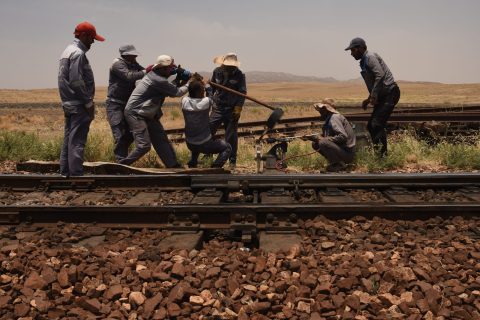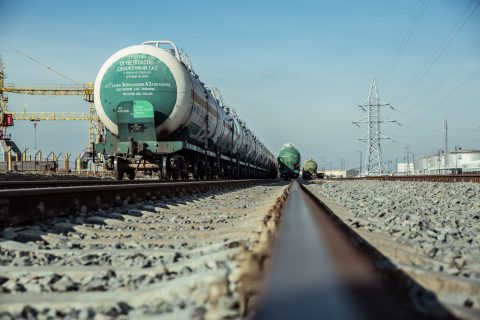Conditioned transport market: vital but not yet mature

The last couple of years, requests for use and volumes of reefer containers have seen a significant increase. “Even though the shift in demand has caused a container deficit, we see more and more customers having test shipments one-after-another, also due to the lift of the Russian embargo”, said Will Verhees, Sales Manager at KLG. Nevertheless, there are still issues on the market that need to be addressed.
Will Verhees is among the speakers of the European Silk Road Summit, which takes place online on 10 and 11 November. During his presentation, he will provide a tour through the conditioned container, what it means for the supply chain and how it works.
Outdated documentation handling, together with the lack of resources and insufficient infrastructure, in some cases, are the main barriers to the market reaching its full potential. Despite the implementation of some critical changes, like the tremendous investments on rail terminals in China’s side, there is still space for further improvements.
Rising demand and future steps
The need for reefer container shipment has always been there, but it was mainly ocean driven. During the past years, specific steps have been taken that allow customers to be less reluctant and trust the rail sector for the operation of conditioned transportation. Currently, around two hundred reefer containers are getting transported eastbound per month. The focus lays mainly on eastbound transport due to some imbalances that were observed in the past.
According to Verhees, what KLG attempts to do from its side, is to provide the optimal environment to its customers concerning conditioned transportation. “We try to provide detailed explanations on the requirements and make sure that containers arrive in the best possible state” he explained. However, “companies gradually realise that there is more to it than just the transportation itself”, he added.
To reach a fully mature market, an objective which is still quite far, customers have to implement some changes and make investments on their side too. For instance, preparing sufficiently for a shipment is critical. Additionally, ensuring that products are in a controlled environment while staying in warehouses and after packaging should be a priority.
“Sure volumes will continue to rise, but it’s only after the coordinated implementation of adjustments, that conditioned transportation will flourish and expand even more”, Verhees concluded.
European Silk Road Summit
Do you want to hear all about the developments on the New Silk Road in 2020? On 10 and 11 November, the online edition of European Silk Road Summit 2020 takes place. The impact of the pandemic, the current volumes and the forecasts for the year to come are other topics on the programme. Have a look here or register here.
You just read one of our premium articles free of charge
Want full access? Take advantage of our exclusive offer




